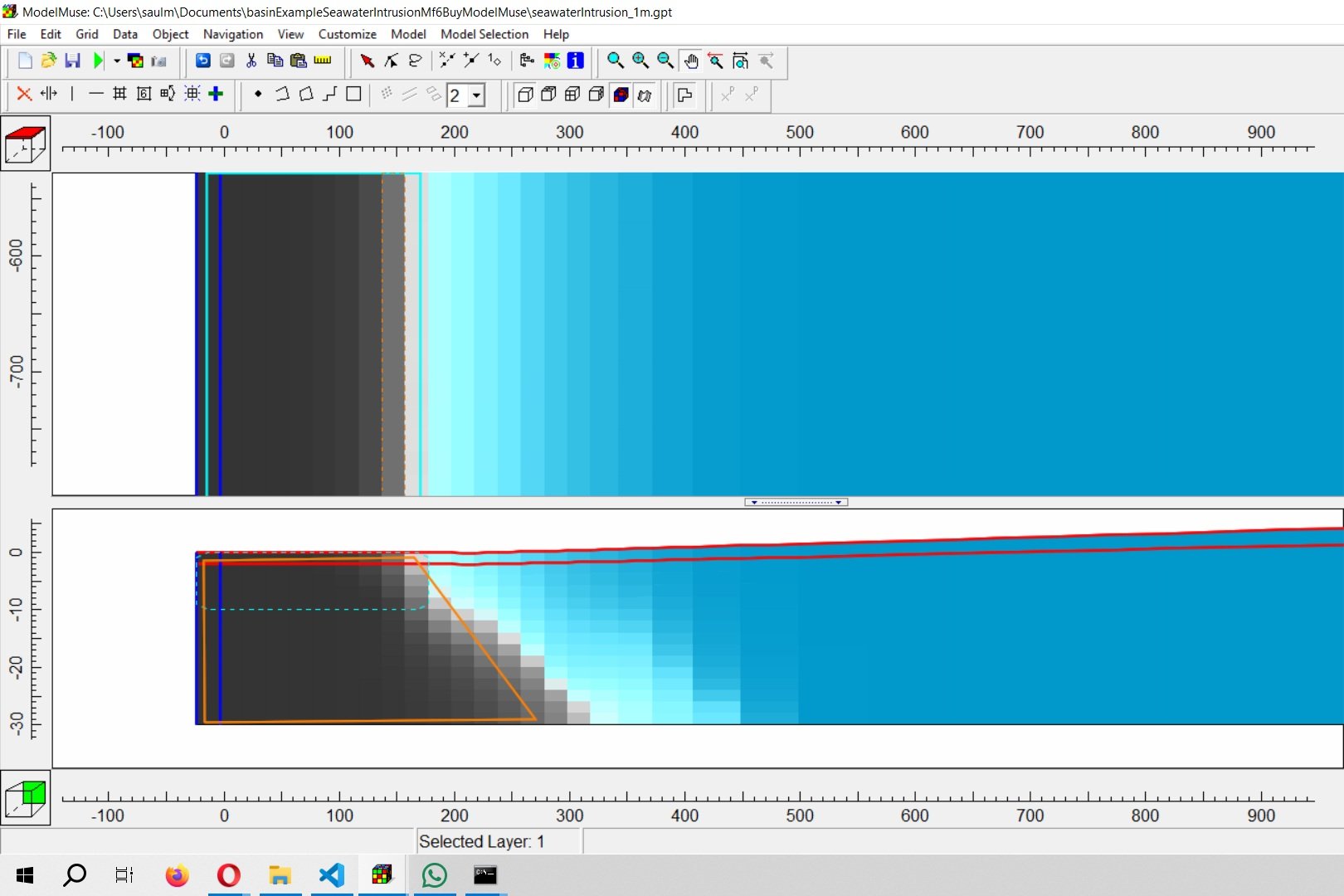Tupac Cloud T.5: Groundwater modeling of a construction site dewatering with well and trenches
/Applied case for the evaluation of a drainage schema on a construction site with Tupac Cloud. The model has three stress periods where the drainage schema starts with well pumping for 10 days and trench drainage with pumping for another 10 days. Results from the water balance were analyzed as well as the final distribution of head on the proposed construction site.
Read More






















